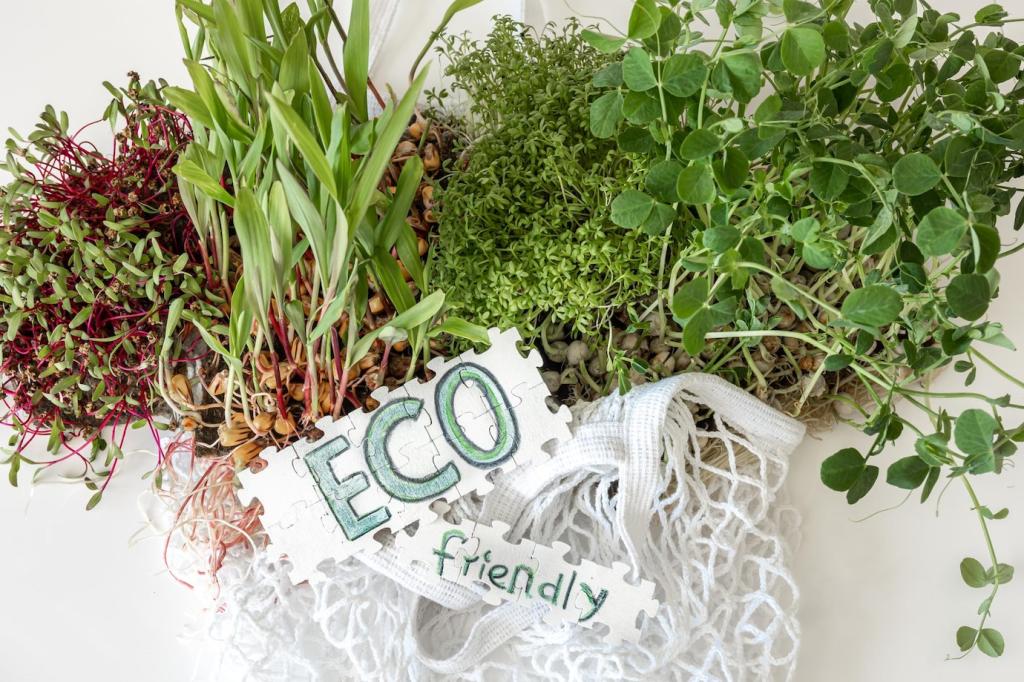Building a Narrative Framework
Place a real person at the center: a caregiver balancing bills, a teacher craving calm air, a remote worker needing light. Their problem meets your home’s promise—stability, health, and lower energy use that feels like freedom, not sacrifice.
Building a Narrative Framework
Walk readers from threshold to terrace. Let the entry’s cork flooring quiet footsteps, the kitchen’s induction top hiss instantly, and the bedroom’s filtered air cradle sleep. Each space advances the plot: comfort earned through thoughtful, sustainable design decisions.









